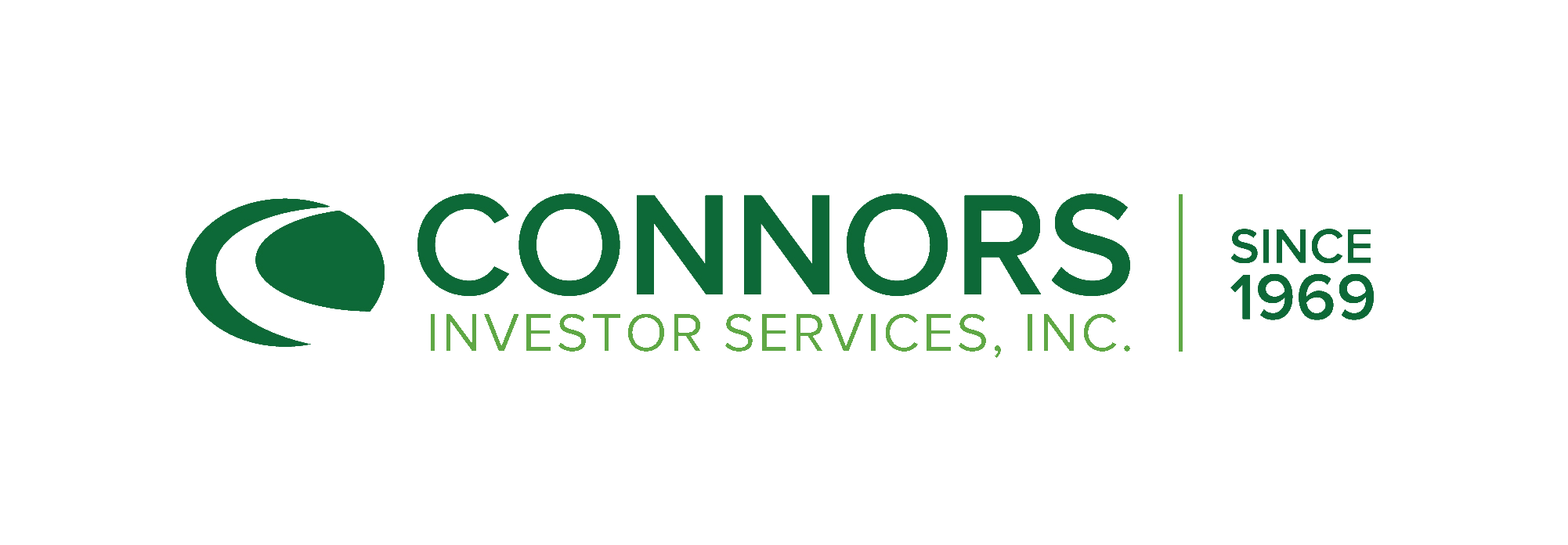2021 Q4 Small Companies Commentary
by Brian G. McCoy, CFA, on January 02, 2022
Markets finished off the year with positive returns during the fourth quarter. Economic data released over the past quarter continued to point to strength in our economy. Numerous data reflect a growing economy as GDP, personal consumption, industrial production, durable goods orders, and others suggest an expanding economy and more normal year-over-year changes as the depths of the short economic decline are left behind. Additionally, the Conference Board US Leading Index continues to be quite strong suggesting continued economic strength.
Yet even on positive data and continued evidence that consumers were increasingly venturing out, volatility and uncertainty increased as the Omicron variant of COVID-19 was identified and infection rates began to spike across the world in the final weeks of the year. Additionally, as we are all noticing in our purchases, disruptions to the supply chain along with strong demand are combining to drive the Consumer Price Index to levels not seen in decades. Challenged to navigate through this minefield of competing forces, the Federal Reserve is working to reduce its balance sheet and begin to increase interest rates without triggering an economic decline.
All said, markets reflected these uncertainties and moved up or down in sympathy with the headline du jour. Most dramatically, the major indices of the S&P 500® and Russell 2000® diverged in the final weeks of the year as the Omicron variant made headlines. The S&P 500, as a proxy for ‘safer’ large- cap equity exposure and particularly the mega-cap darlings, plowed ahead to new highs as the year came to a close. The Russell 2000®, reflecting more economically sensitive equity exposure, experienced more volatility and began an approximate 12% sell-off as virus concerns increased and almost perfectly matched to a spike in Google Trends for the topic Omicron.
With somewhat of a rally in the final days of the year, the Russell 2000® delivered a 2.13% return for the fourth quarter while our Small Companies strategy returned a slightly higher 2.50%, net of fees. These modest gains closed out another solid double-digit full year return for small capitalization companies. The Russell 2000® full year return was 14.81% and our strategy outperformed with a return of 15.37%, net of fees.
Our leaders during the fourth quarter were as follows:
First Internet Bancorp (INBK), an online provider of financial services, led the portfolio for the quarter as they participated in the positive momentum that banks generally enjoyed on the prospect of higher interest rates. Additionally, the credit profile of their portfolio is strong and they have been broadening their services. To expand, they have been hiring teams to grow their commercial lending as well as recently acquiring a small financial services provider focused on payments, sponsored card programs, and tax product lending.
Ameresco (AMRC), an integrated electric energy engineering services provider, has been a top performer for our investors several times. As energy efficiency continues to be a focus for federal, state and local agencies, opportunities are also expanding in commercial markets. Demand for smart buildings, energy efficiency, and lower carbon energy production should continue to drive opportunities for AMRC. Additionally, a sizable project backlog and company owned assets delivering recurring revenue support a certain level of revenue visibility.
Trupanion (TRUP), a provider of pet medical insurance, delivered strong performance to the portfolio. Having proved its defensive qualities with uninterrupted growth through the worst of the pandemic, the company continues to deliver on its growth trajectory. Pet insurance in the US and Canada is much less penetrated than in other countries and looks to continue its strong growth as an industry. TRUP is a leader in the space with innovative products, a software platform for veterinarians to simplify claim processing, and partnerships with Aetna and Chewy to drive additional momentum.
NV5 Global (NVEE), an engineering and consulting services provider, has been a consistent performer for our portfolio for several years. We have long been impressed with the management team, particularly the CEO who has deftly executed multiple acquisitions over the years to expand their breadth of services while maintaining a strong corporate culture. Infrastructure investment and continued acquisitions bode well for continued growth in our opinion.
Bottomline Technologies (EPAY), a financial software provider of banking and payment services, rounded out our top performers for the fourth quarter as it was announced that they would be acquired by private equity firm Thomas Bravo. Though unlikely, there does remain a slight chance a higher bid could emerge but our team’s intention is to exit the holding shortly into the new year.
Activity During the Quarter
Turnover within the portfolio approximated 6% for the quarter as we exited two positions. In November, it was announced that Zix Corp (ZIXI) would be acquired by Open Text (OTEX) by way of a tender offer which was completed just before year-end. Interestingly, we benefited previously from OTEX as our holding of Carbonite (CARB) was acquired by them in December 2019. We also exited TPI Composites (TPIC). Though demand for wind turbines continues to have long-term growth drivers and TPIC is a market leader, near-term reduction of installations and order push-outs are leading to fundamental pressure on this capital-intensive company. Should more clarity in industry growth emerge, we may revisit this holding. Additional activity included trimming Axos Financial (AX) and Omnicell (OMCL) to book gains as they approached 5% portfolio weightings.
There were no new names added to the portfolio as proceeds from the above actions were invested in our current holdings of Healthcare Services Group (HCSG), Lending Tree (TREE), iRobot (IRBT) and Liveperson (LPSN).
To begin the new year, we are overweight Consumer Discretionary, Financials and Energy. Our sector weightings in Consumer Staples, Healthcare, Industrials, Technology, Materials and Real Estate are less than our benchmark and we continue to have no holdings in Communications or Utilities.
General Outlook, Current Positioning/Strategy
The start of a new year always brings opportunity and risk to the markets and this year is no different. The past year, markets climbed a wall-of-worry and our economy, as well as other nations, continued to recover from the pandemic driven turmoil. As highlighted above and on the opportunity side of the ledger, economic data continue to suggest an expanding economy that should be supportive of corporate earnings. Consumer balance sheets remain in very good condition and delinquency rates on consumer loans are the lowest in years. Further, consumer demands and elevated job openings suggest that the declining unemployment rate should continue to move lower. These are all quite positive for continued economic strength.
The offsetting risks are known and well covered. First would be the Omicron variant which is rapidly spreading and increasing infection rates. Though it seems to result in less serious symptoms and vaccination proves effective, hospitalizations are up and some high-frequency economic indicators suggest an impact. Pockets of renewed limitations on activity both here and abroad are being instituted but full-scale shutdowns are not likely as experience has taught, they are politically incendiary and economically unviable. Hopefully, the predictions of a brief spike prove accurate.
Next, inflation is a concern as supply chain disruptions paired with high demand are leading to CPI levels not seen in decades. This will likely prove to be a continuing challenge in our opinion. Supply chain normalcy, once forecast to occur around mid-year, may persist throughout the year. As we talk and listen to management teams, we generally hear that improvements will be seen each sequential quarter this year but a rapid return to normalcy may generally be a bit more elusive than once predicted. Some costs and supplies are improving but the persistence of challenges remains.
Wage inflation is also challenging corporate and consumer costs. Prior to the pandemic, unemployment had declined to just 3.5% and there were emerging signs of worker shortages evident across some industries. Fast forward to today, labor shortages are everywhere as exemplified by the NFIB Small Business Job Openings Hard to Fill Index at record levels. Employment demand is now combined with a lower working-age population driven by demographics and lower immigration. Further, the labor participation rate is at low levels from a number of cross currents such as elevated retirement levels, pandemic government assistance and people choosing to leave the workforce due to challenging (cost and availability) childcare.
Our discussion with management teams suggests this specific cost challenge may not subside quickly. However, they are finding ways to offset wage pressure such as investing in capital to improve productivity. Companies are also utilizing the hybrid work environment to lower costs through reducing corporate travel and being more permissive of workers choosing to work where they live rather than move close to corporate locations, allowing for some give and take on salary.
A final risk to highlight would be the Federal Reserve definitively moving to taper their bond purchases and increase interest rates. Though they are working to clearly telegraph their actions to avoid market surprises, the process of tightening the money supply and increasing rates while avoiding an economic downturn and/or causing investment market turmoil, will be challenging. We are seeing some of this as we write this commentary. However, this is being done in a positive environment of an expanding economy, solid corporate profits and strong consumer financial position.
All risks and opportunities weighed; we feel a challenging but ultimately positive year is in store for equity markets. As both a positive and negative, our conversations with companies indicate they are able to pass through increased costs to their customers. Good for maintaining profitability but not so for inflationary pressures. Underlying economic strength is supportive of consumer demand and corporate growth that should lead to continued strength in employment. Covid, of course, remains an overhang.
The small-cap asset class, as a proxy for ‘risk-on’ and domestic growth, should fare well in our opinion though higher interest rates and a less accommodative Fed may foster more volatility. Higher interest rates will likely pressure valuation multiples for all equities as the year progresses. While our asset class is at elevated levels to its historical P/E average, this metric is somewhat attractive on its relative relationship to large caps, as well as other valuation measures.
Additionally, when one looks at longer term returns of small-cap vs large-cap stocks, small companies historically deliver superior average 5-year and 10-year absolute returns looking back to 1926. Though there are periods of large-cap outperformance, of which we are currently in, small companies have historically retaken the lead. With so much concentration of performance in the few top mega-cap companies, we are optimistic the relationship may reverse back in favor of small companies though timing can be elusive.
All said, we continue to seek niche companies that we feel will provide superior returns for our clients. Current holdings and new positions are being evaluated against the backdrop of a less accommodative Fed, higher interest rates, and a market more focused on valuation. We feel it may be an environment where growth at a reasonable price is rewarded more so than recent years and thus are evaluating companies with this in mind as well. Though we may heighten our focus on certain market aspects that may affect the portfolio relative to broader markets, our strategy has been consistent over several decades regardless of relative performance.
In short, we work to find companies that we believe to be fundamentally sound, have good management teams in our judgment and have the ability to grow profitability which are underappreciated by the markets. Thus, leaving room for multiple expansion as they are ‘discovered’. While striving to continually learn from both our successes and missteps, it is our belief that this commitment will continue to reward our investors in the future.
Thank you for your confidence and we wish you a happy and healthy New Year.
Learn more about the Connors Small Companies Strategy including access to materials and commentary...
Important Disclosure Information
This material is being provided for informational purposes only. Any information should not be deemed a recommendation to buy, hold or sell any security. Certain information has been obtained from third-party sources we consider reliable, but we do not guarantee that such information is accurate or complete. This report is not a complete description of the securities, markets, or developments referred to in this material and does not include all available data necessary for making an investment decision. Prior to making an investment decision, please consult with your financial advisor about your individual situation. Investing involves risk and you may incur a profit or loss regardless of strategy selected. There is no guarantee that the statements, opinions or forecasts provided herein will prove to be correct. Opinions are subject to change without notice.
Please remember that past performance may not be indicative of future results. Different types of investments involve varying degrees of risk, and there can be no assurance that the future performance of any specific investment, investment strategy, or product (including the investments and/or investment strategies recommended or undertaken by Connors Investor Services, Inc. [“Connors]), or any non-investment related content, made reference to directly or indirectly in this commentary will be profitable, equal any corresponding indicated historical performance level(s), be suitable for your portfolio or individual situation, or prove successful. Due to various factors, including changing market conditions and/or applicable laws, the content may no longer be reflective of current opinions or positions. Moreover, you should not assume that any discussion or information contained in this commentary serves as the receipt of, or as a substitute for, personalized investment advice from Connors. Historical performance results for investment indices, benchmarks, and/or categories have been provided for general informational/comparison purposes only, and generally do not reflect the deduction of transaction and/or custodial charges, the deduction of an investment management fee, nor the impact of taxes, the incurrence of which would have the effect of decreasing historical performance results. It should not be assumed that your Connors account holdings correspond directly to any comparative indices or categories. Please Also Note: (1) performance results do not reflect the impact of taxes; (2) comparative benchmarks/indices may be more or less volatile than your Connors accounts; and, (3) a description of each comparative benchmark/index is available upon request.







